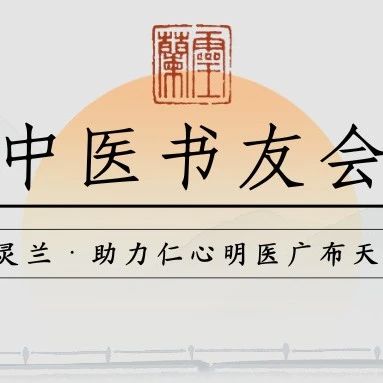
Chinese Medicine Book Club Issue 2425
One issue daily, accompanying the growth of TCM practitioners
IIntroduction:It is a consensus that the ginseng from the Zhang Zhongjing era is different from the ginseng we have today. However, what exactly was the ancient ginseng? There are various opinions. The author believes that it is advisable to choose different substitutes based on the efficacy of different formulas and the actual condition of the patients.(Editor/Qian Cheng)

Discussion on Different Substitutes for Ginseng in Classical Formulas
Author/Tian Geng
It is well known that the ginseng from the Zhang Zhongjing era is different from the ginseng we have today. Some scholars believe that the ancient ginseng has become extinct, and clinically, one or more similar herbs can be used as substitutes; some scholars believe that the ancient ginseng is simply another name for modern ginseng; while others believe that the ancient ginseng is indeed the same as today’s ginseng, but due to changes in climate and growing conditions over thousands of years, the medicinal properties have changed, making today’s ginseng a variant or cultivated variant of the ancient ginseng.
In summary, when using classical formulas containing ginseng today, practitioners often choose one or more of the following herbs: ginseng (Ren Shen), codonopsis (Dang Shen), prince ginseng (Tai Zi Shen), American ginseng (Xi Yang Shen), and northern sand ginseng (Bei Sha Shen). Colleagues and I often discuss what to use as ginseng in classical formulas today, and I have yet to find a definitive answer. However, I believe that TCM is characterized by its flexibility in adapting formulas to individual patients, and we often adjust or modify formulas based on the patient’s condition. Moreover, both the “Shang Han Lun” and “Jin Gui Yao Lue” contain numerous examples of formula modifications.
Therefore, regarding the issue of ginseng, since there are so many substitutes available today, it is advisable to choose different alternatives based on the efficacy of different formulas and the actual condition of the patients. This article selects formulas from the “Shang Han Lun” and “Jin Gui Yao Lue” that contain ginseng and briefly discusses my general substitution plans for reference and correction by colleagues.
1. Xuanfu Dai Zhe Decoction
I believe that the ginseng in Xuanfu Dai Zhe Decoction mainly works in conjunction with jujube (Da Zao) and licorice (Gan Cao) to tonify the middle and benefit qi. The entire formula soothes the liver and stomach, calms the liver and descends counterflow, transforms phlegm and resolves dampness, and supports the righteous qi while expelling evil. I often use the milder herb Tai Zi Shen as a substitute for treating symptoms such as dizziness and vomiting. The same applies to Ban Xia Xie Xin Decoction and Sheng Jiang Xie Xin Decoction.
2. Zhi Gan Cao Decoction
Zhi Gan Cao Decoction treats palpitations due to deficiency of heart qi, blood, yin, and yang, using ginseng to greatly tonify the original qi. Modern pharmacology shows that Ren Shen can improve myocardial nutritional metabolism, thereby enhancing heart function.
3. Zhu Ye Shi Gao Decoction
Zhu Ye Shi Gao Decoction treats cough and counterflow due to injury of both qi and yin. I often use Nan Sha Shen as a substitute. Nan Sha Shen nourishes yin, stops cough, and benefits qi, which aligns well with the purpose of this formula.
4. Bai Hu Jia Ren Shen Decoction
Bai Hu Jia Ren Shen Decoction treats the injury of fluids and exhaustion of qi after profuse sweating from taking Gui Zhi Decoction, with evil heat transmitting to the Yangming. I generally use Bei Sha Shen to nourish yin and generate fluids as a substitute.
5. Hou Po Sheng Jiang Ban Xia Gan Cao Ren Shen Decoction
This formula is used to treat abdominal distension due to insufficient spleen qi and phlegm-damp obstruction. The dosage is relatively small, and I often use Dang Shen as a substitute.
6. Li Zhong Wan
Li Zhong Wan is designed for “cholera” and “excessive cold,” requiring warming the middle, strengthening the spleen, and dispelling cold and dampness. I generally use equal parts of Ren Shen and Dang Shen as substitutes.
7. Gui Zhi Ren Shen Decoction
This formula is used to treat false cold and heat due to misadministration of Tai Yang, and I generally use Dang Shen as a substitute. Modern pharmacological studies show that Dang Shen has effects on regulating gastrointestinal function and protecting gastric mucosa. The same applies to Gan Jiang Huang Qin Huang Lian Ren Shen Decoction, Wu Zhu Yu Decoction, and Da Ban Xia Decoction.
8. Si Ni Jia Ren Shen Decoction
This formula is used to treat critical conditions of yang collapse and fluid exhaustion. I use equal parts of Ren Shen and Xi Yang Shen as substitutes, or use a higher amount of ginseng than American ginseng.
9. Fu Ling Si Ni Decoction
This formula aims to rescue the condition of both yin and yang deficiency after sweating, which is Si Ni Decoction plus ginseng and poria. Si Ni Decoction rescues yang, while ginseng has the important role of rescuing yin, hence I use Bei Sha Shen as a substitute. Some scholars believe that poria is used to strengthen the spleen due to previous misadministration. I believe that when exploring the intent of classical formulas, we should respect the “Ben Jing” and generally take its effect of “calming the soul and nourishing the spirit,” using equal parts of modern Bai Fu Ling and Fu Shen as substitutes.
10. Xin Jia Decoction
This formula is used to treat insufficient nutritive qi after sweating, and Dang Shen can be used as a substitute.
11. Xiao Chai Hu Decoction
Xiao Chai Hu Decoction is the main formula for Shao Yang, where the evil is constrained and needs to be resolved with harmonization. Although the method is called “harmonization,” both Chai Hu and Huang Qin are heat-clearing herbs, so I often use the milder and slightly cooler herb Tai Zi Shen as a substitute. The same applies to Chai Hu Gui Zhi Decoction; for Chai Hu Jia Long Gu Mu Li Decoction, since the amount of ginseng is relatively small, Dang Shen can be used as a substitute.
12. Chai Hu Jia Mang Xiao Decoction
This formula is designed for Shao Yang with concurrent Yangming interior excess, but due to previous misadministration, the righteous qi is compromised, and it cannot be treated with a strong purge like Da Chai Hu Decoction. Therefore, Xiao Chai Hu Decoction is used with only Mang Xiao added. Since the dryness and heat have not been resolved, the ginseng used should be substituted with Bei Sha Shen.
13. Fu Zi Decoction
This formula is designed for Shao Yin disease with back cold and aversion to cold, and Dang Shen can be used as a substitute.
14. Wu Mei Wan
In this formula, ginseng serves to benefit qi, strengthen the spleen, and cultivate the earth to control the liver wood. Dang Shen can be used as a substitute.
15. Mai Men Dong Decoction
This formula is used to treat lung atrophy due to deficiency heat, and I generally use Ren Shen Ye as a substitute. Ginseng leaves have a heat-clearing and fire-purging effect, which I believe is more suitable than Nan Sha Shen. The same applies to Ju Pi Zhu Ru Decoction.
16. Wen Jing Decoction
In Wen Jing Decoction, ginseng and licorice tonify the middle qi, and Dang Shen can be used as a substitute.
17. Mu Fang Ji Decoction
This formula is used after misadministration of vomiting and purging, leading to deficiency of both qi and yin, and can use equal parts of Dang Shen and Bei Sha Shen as substitutes. The same applies to Mu Fang Ji Decoction with the removal of Shi Gao and addition of Fu Ling and Mang Xiao.
18. Zhu Ye Decoction
This formula is designed for conditions of great deficiency of righteous qi, where the righteous cannot overcome the evil, and the yang is floating with qi counterflow, requiring the use of Ren Shen to replenish the original qi.
Recommended Reading
Can Dang Shen replace Ren Shen?
Liu Shaokun: Searching for Growth Points in Classical Formula Medicine
|
I Copyright Statement
Submission Email |
Recommended Courses
“Guo’s Acupuncture: Light Needle Treatment for Specific Diseases” course has been online for a week, with nearly 700 people learning, and 300+students recommending and sharing. What you learn can be applied, and what you apply is effective, this is the promise and goal of the course, as well as the trust and effort of the students. Learn acupuncture that hits the mark for specific diseases, tackling gynecological issues, pain, and hemiplegia, with the best price during the initial launch! Read the original text for a trial.
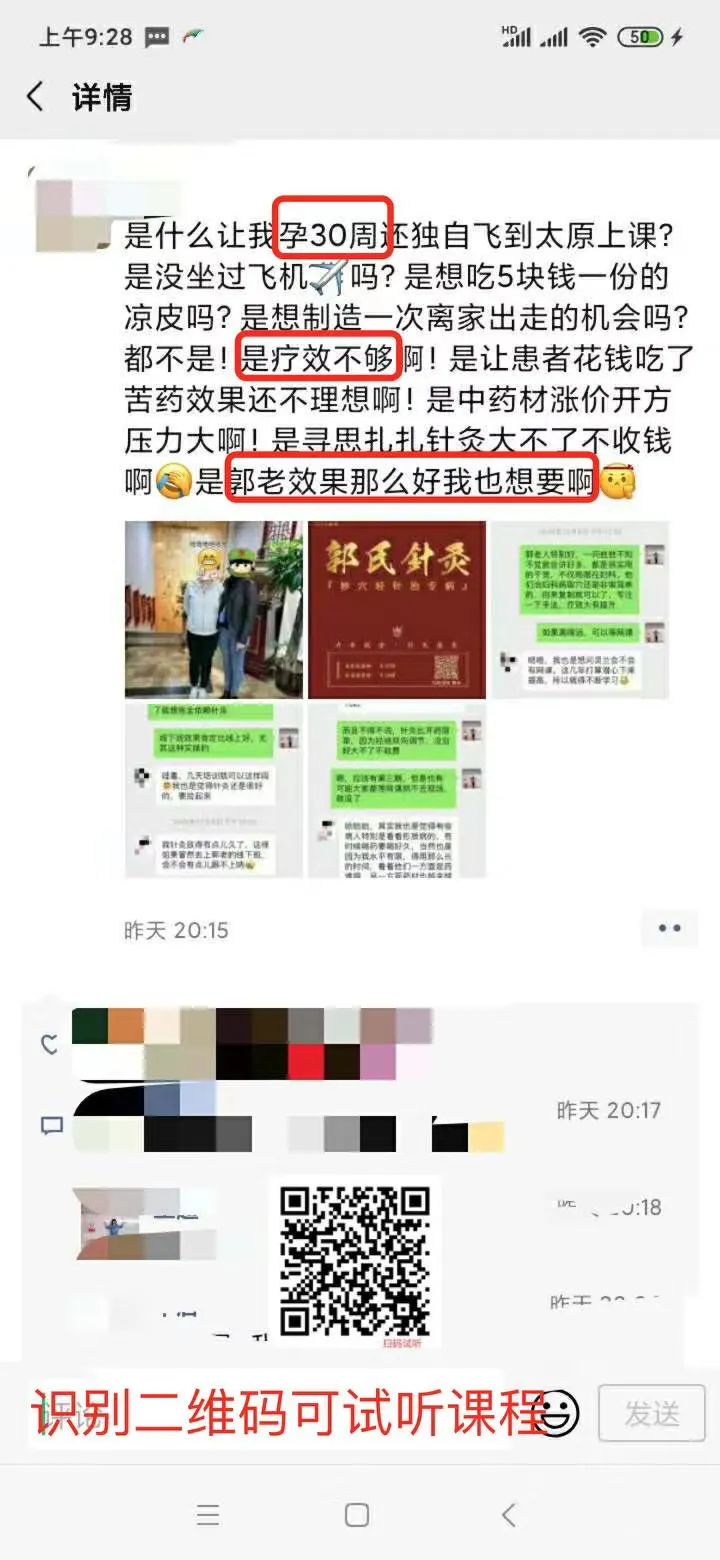
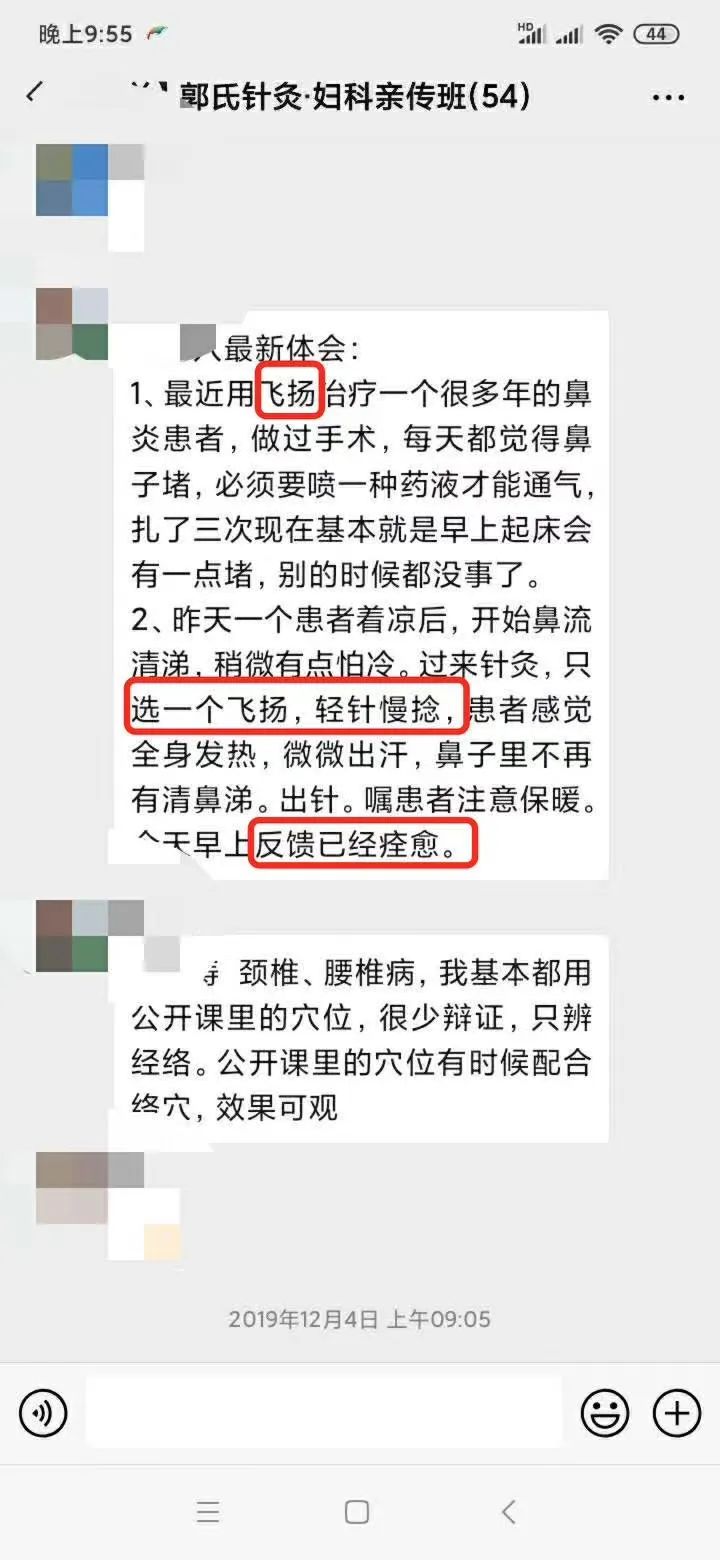
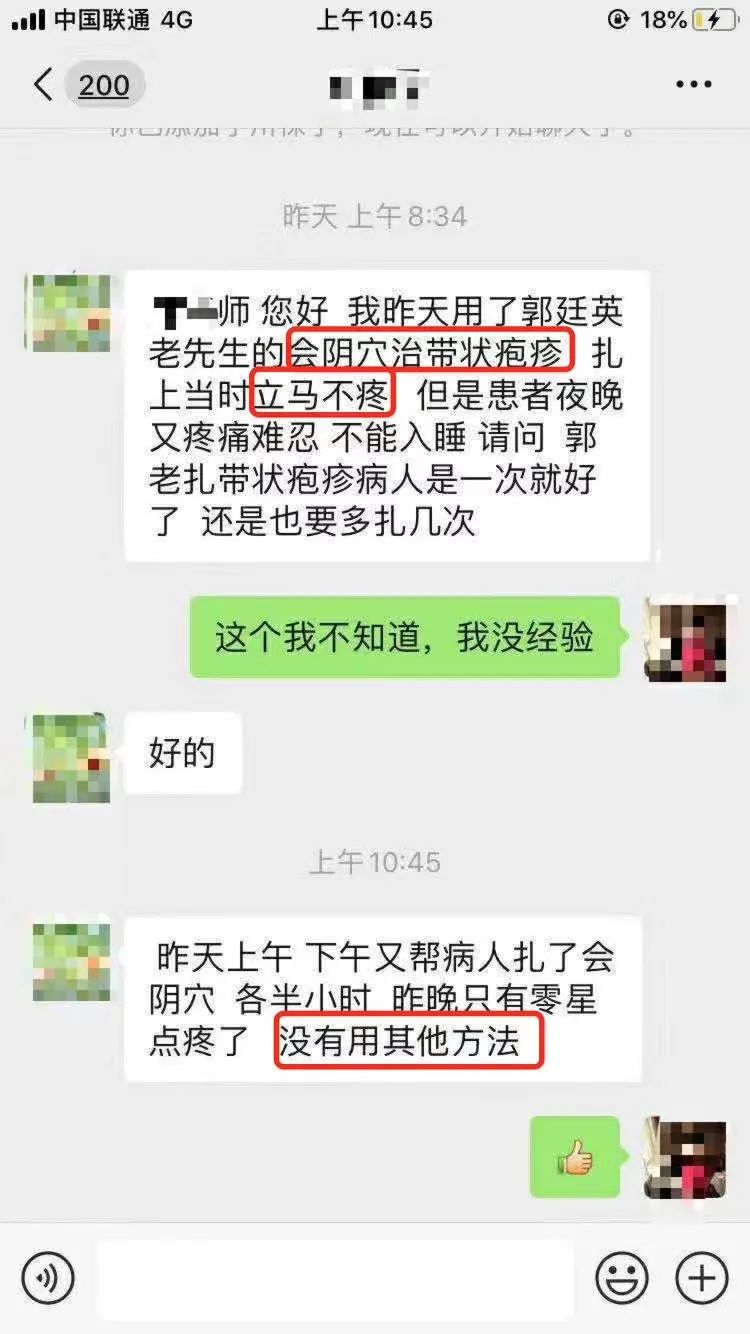
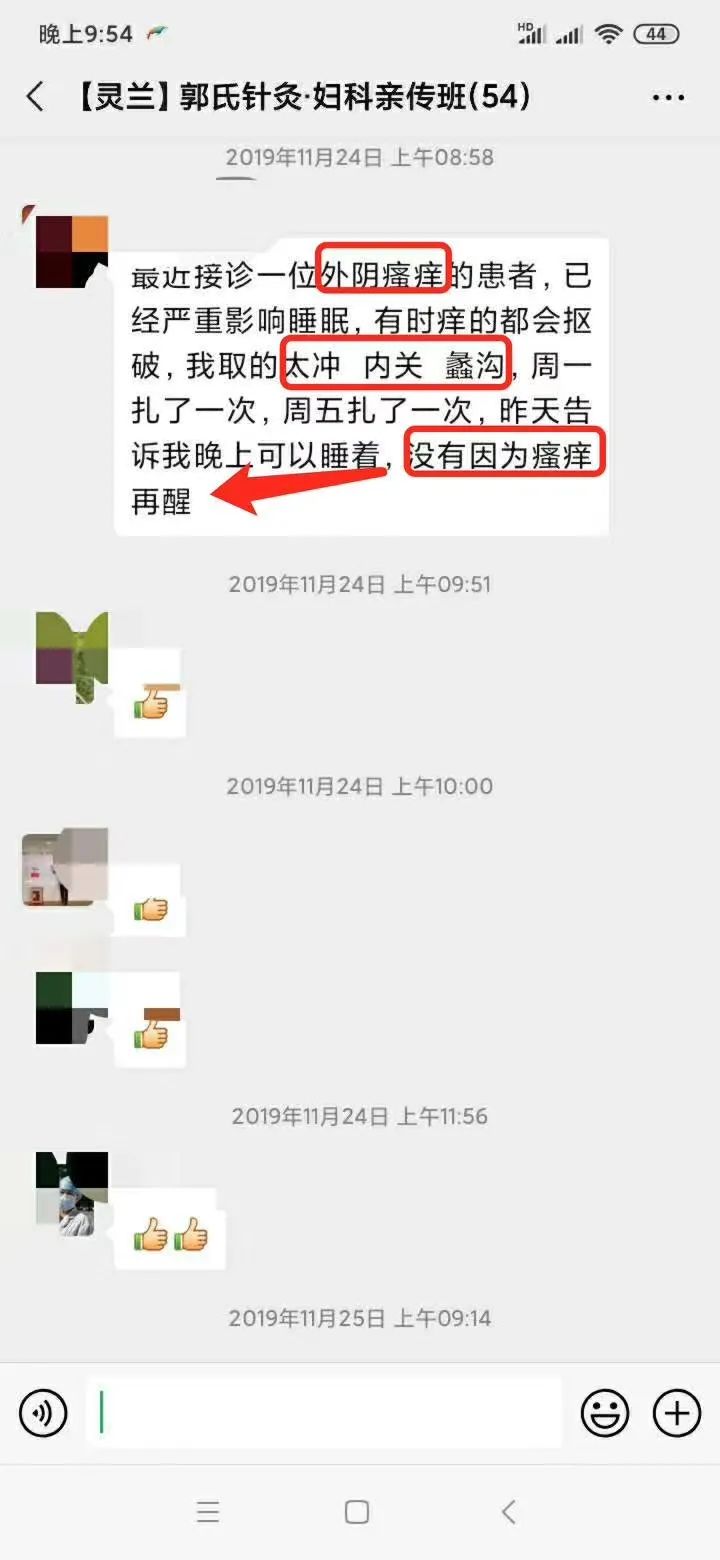
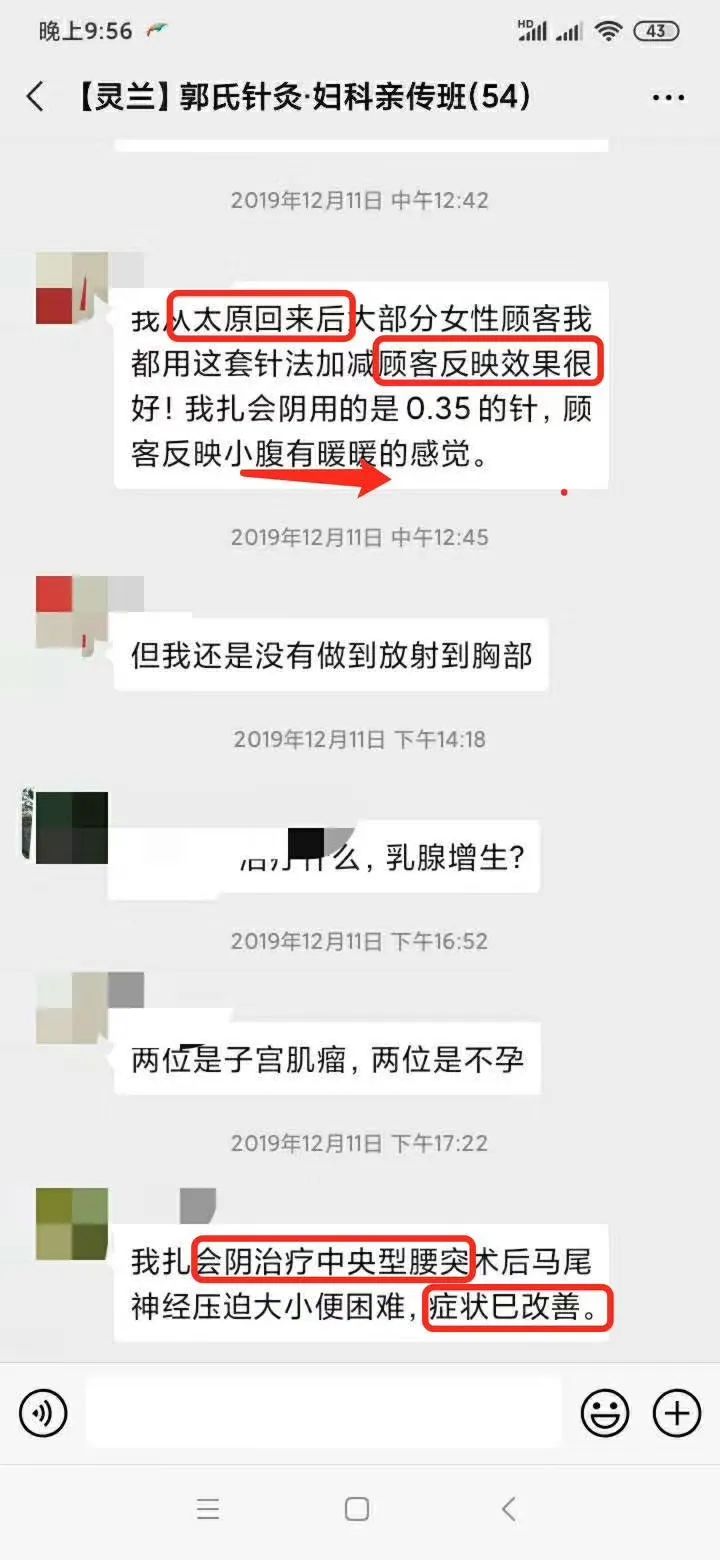
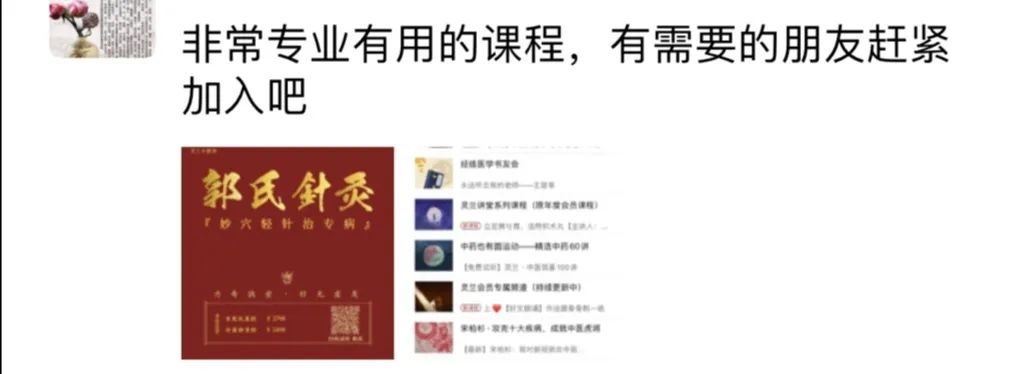
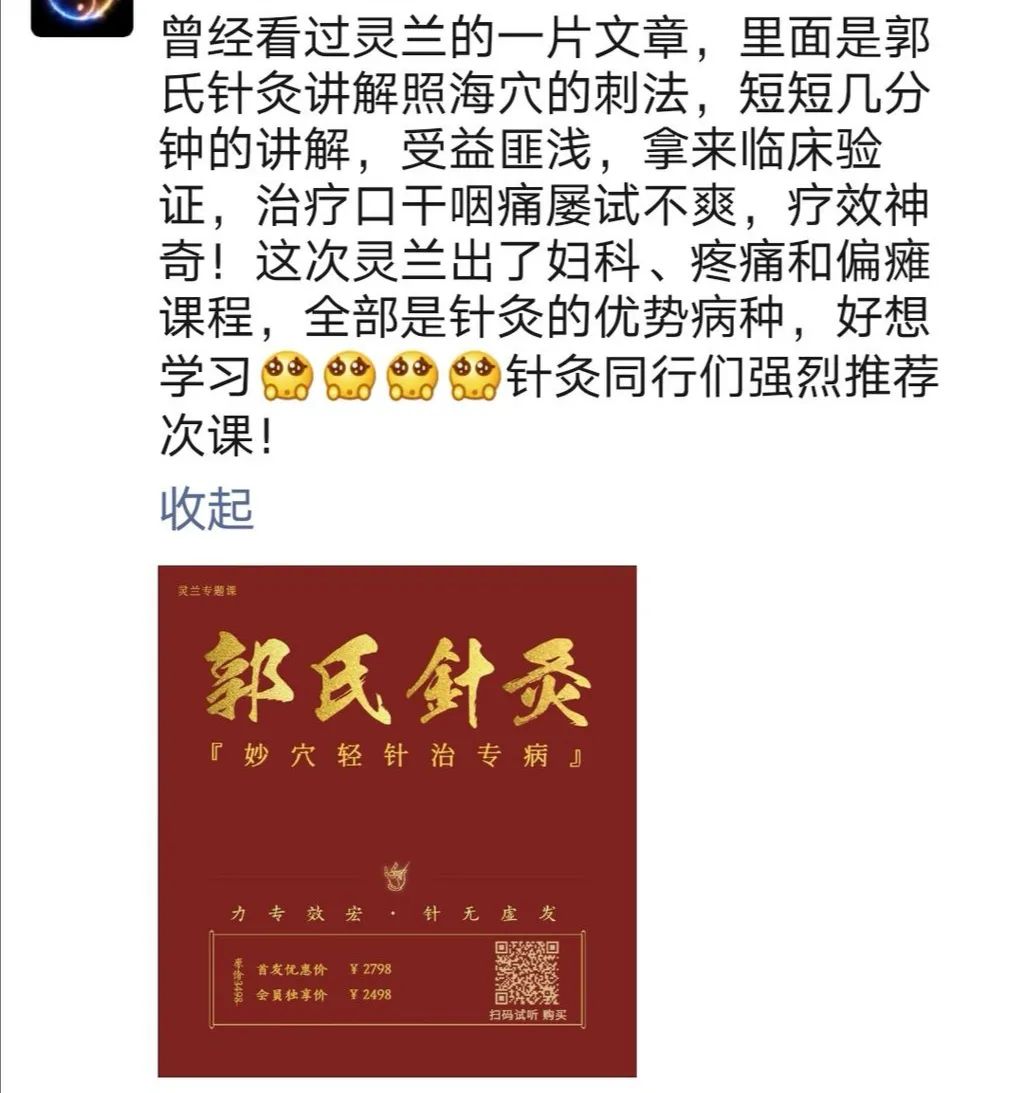

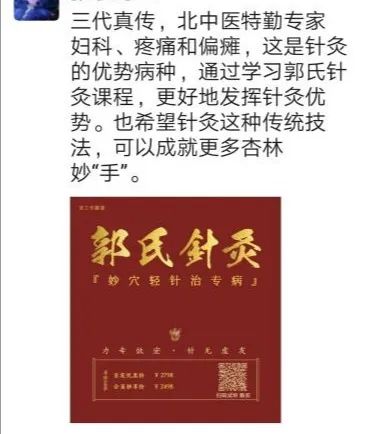
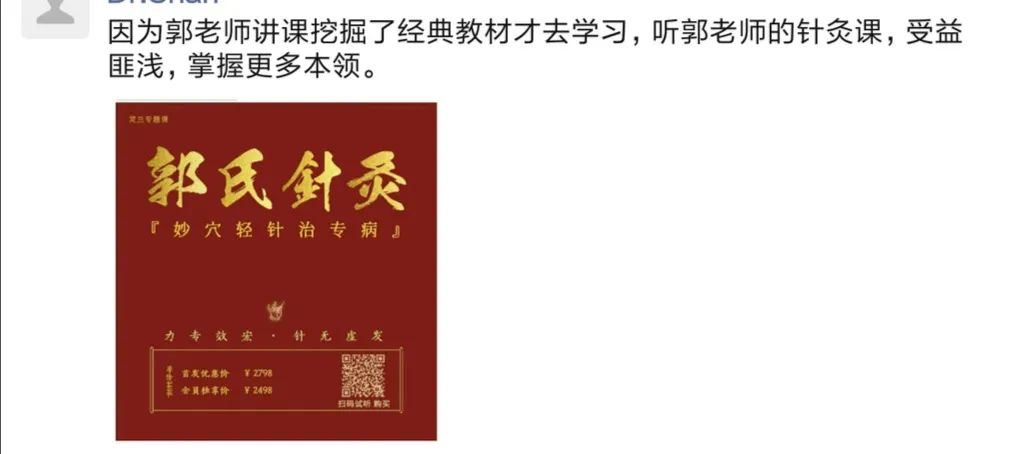
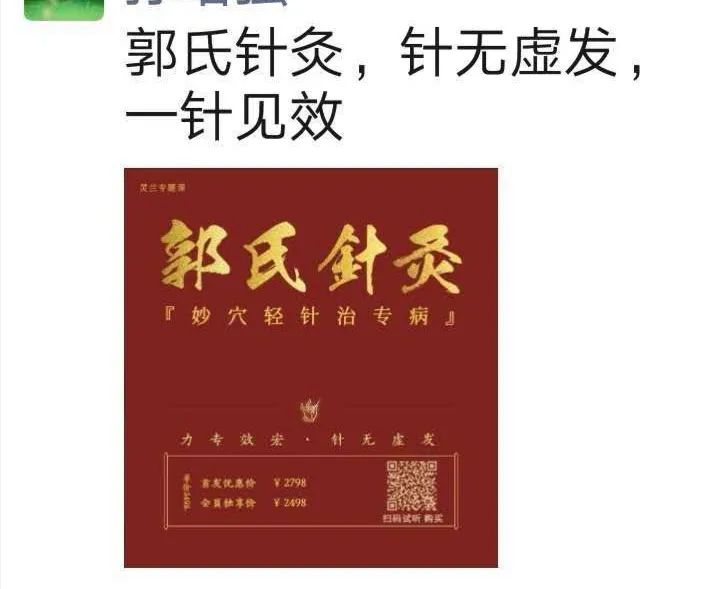
Scroll up and down to see more

